FLIP THE
SWITCH
A fair and competitive marketplace benefits all Canadians.
Extended interswitching provides needed competition to Canadian rail shippers.
It’s time to make this policy permanent to unlock the full potential of Canada’s economy.
Myths and Facts
MYTH
Extended interswitching will move Canadian jobs to the United States.
FACT
Extended interswitching creates railway competition. To compete, Canadian railways must deploy more resources and hire more people right here in Canada.
Learn More
In fact, the United States is Canada’s largest trading partner, and in 2023, 78% of all goods by value exported by Canada were destined for the United States. In other words, hundreds of thousands of Canadian jobs would be at risk if we didn’t ship there. In fact, CN and CP, which are both major Class 1 U.S. railways have 5,379 and 8,351 route miles of track in the lower 48 states, respectively.
MYTH
Extended interswitching directs more Canadian grain to U.S. ports for shipping abroad.
FACT
Under the pilot in 2023, less than 0.9% of grain and grain products were shipped to a third country via a U.S. port.
Learn More
The fact is, it is more economical for Canadian exporters to use the Canadian export facilities they already own. However, they are looking for better service in order to move more volume through them.
MYTH
Extended interswitching benefits American railroads.
FACT
Canadian railways have had North American networks for decades. In fact, CN and CPKC, both major Class 1 U.S. railways, have 5,379 and 8,351 route miles of track in the lower 48 states, respectively.
Learn More
That is a result of the fact that 75% of Canadian grain products were exported to the U.S. in 2023. Additionally, 15% of all grain volumes were exported to the United States.
MYTH
Extended interswitching will drive investment into the United States.
FACT
In order to compete, railways will improve service and lower freight rates. That puts more dollars in the pockets of Canadian businesses, which can then be re-invested into their businesses and people. The fact is, extended interswitching will result in more investment in the Canadian economy.
Learn More
In fact, CN and CPKC are already dominated by U.S. investors. Only 7% and 3% of CN and CPKC’s top 10 shareholders are Canadian owners, respectively.
MYTH
Extended interswitching is like choosing a flight with a connection instead of flying direct.
FACT
Like most Canadians, shippers prefer the direct route with their goods, provided it gets the product to its destination on time, and at an affordable price. When a “direct flight” is too expensive or cannot arrive on time, shippers need the option to take a “connecting flight". These options simply don't exist without Extended Interswitching.
Learn More
Extended interswitching is like taking a connecting flight when the direct option doesn’t work.
MYTH
Extended interswitching makes supply chains less efficient.
FACT
Shippers always prefer to negotiate a good service agreement with their primary railway, and the option for extended interswitching helps balance these negotiations.
Learn More
As a result, actual extended interswitching is used on less than 1% of rail traffic, meaning any operational impacts are negligible to non-existent.
MYTH
Extended interswitching harms the environment.
FACT
Extended interswitching allows shippers to take a more direct route, helping to reduce overall emissions.
Learn More
Consider a train full of grain travelling from Winnipeg to Fresno, California. Without extended interswitching, the train travels from Winnipeg, to Vancouver, then south to Fresno, compared to travelling on a more direct route. This adds over 600km of additional travel, increasing greenhouse gas emissions. In fact, the total excess emissions emitted under the non-interswitching route is the equivalent of transporting hundreds of passengers by rail roundtrip from Toronto to Montreal.
The Approved Pilot
A pilot trial to increase the extended interswitching limit in the Prairies expired in March of 2025. This pilot was used as a tool by shippers to promote fair competition, reduce transportation costs, and increase access for Canadian goods.
The Government of Canada must make-due on their election platform promise to extend the pilot. Extended interswitching must be available to all North American railways to further integrate our North American market and shorten the distance goods need to travel.
To further strengthen this policy, the Government of Canada can:
- Have a path to permanence that sets the extended interswitching distance to 500 km and include grain growing regions of British Columbia to ensure competitive market forces are available to the entire grain sector.
- Ensure the pilot and any permanent policy apply to all railways that operate within Canada, to drive competition and help ensure shippers have reasonable access to service from more than one railway.
- Invest in rural rail infrastructure that can accommodate larger trains to expand the use of interchanges.
Share a graphic below on social to help share the importance of Extended Interswitching!






What is extended interswitching?
Extended interswitching is a measure which gives shippers who are physically located on a single rail line the ability to seek competing service from the next closest railway within a certain distance. This balances negotiations in a way that encourages better service or pricing for the benefit of entire supply chains.
What are the benefits?
Extended interswitching is a vital tool for Canadian shippers that is proven to increase competition while lowering costs to shippers and consumers. Ultimately, extended interswitching will strengthen Canada’s reputation as a reliable shipper and help grow our economy.
Increased Competition
Businesses will have access to a larger pool of rail providers, promoting competition and helping to drive down transportation costs.
Improved Efficiency
More options mean businesses can find the most efficient and cost-effective ways to move their goods to market, leading to greater productivity and profitability.
Better Access to Markets
By expanding the reach of interswitching, businesses will have greater access to new markets and customers, providing opportunities for growth and expansion.


This initiative is supported by:





















MAKE YOUR VOICE HEARD